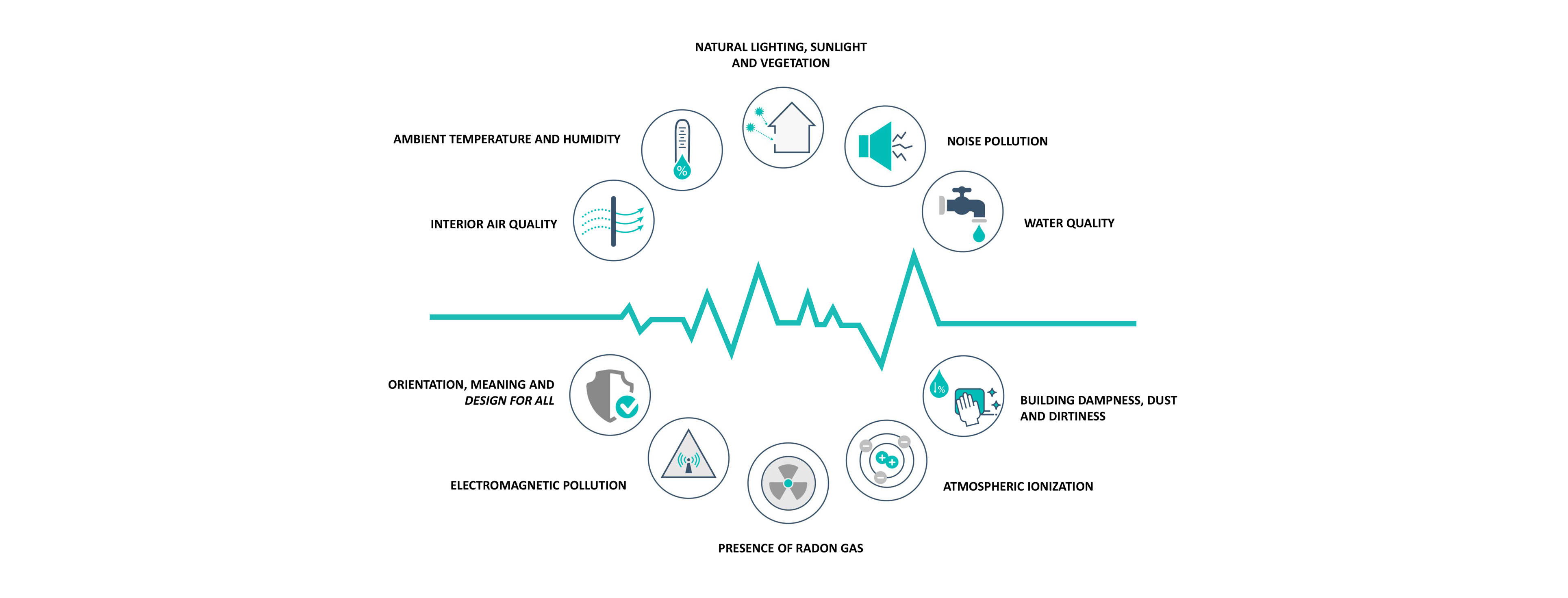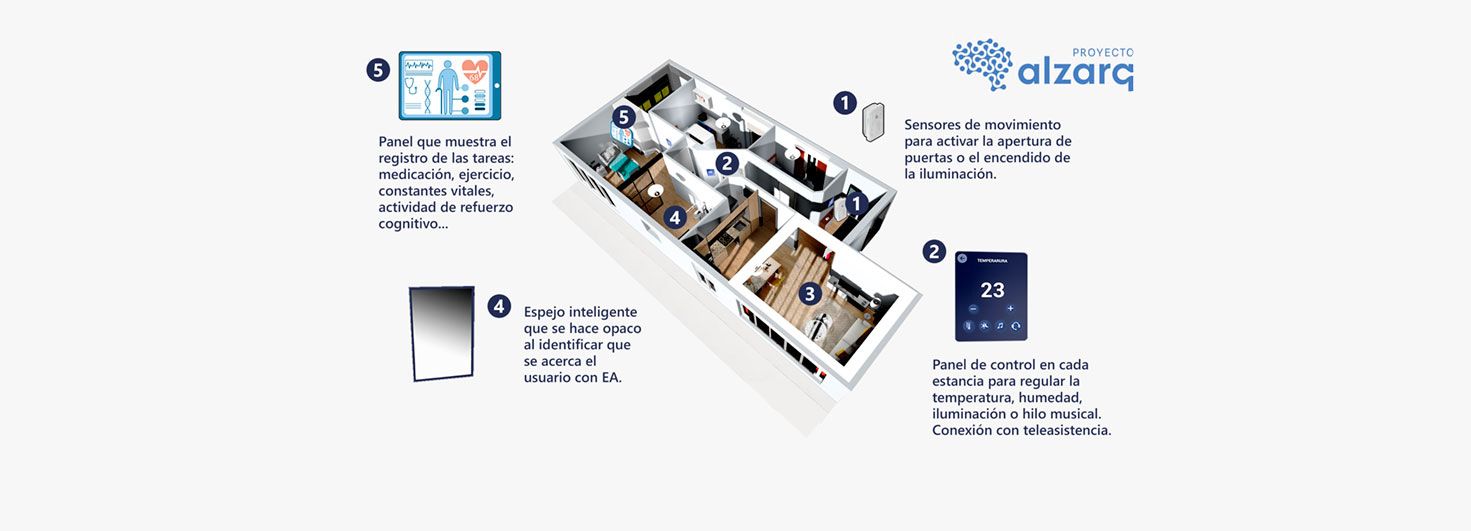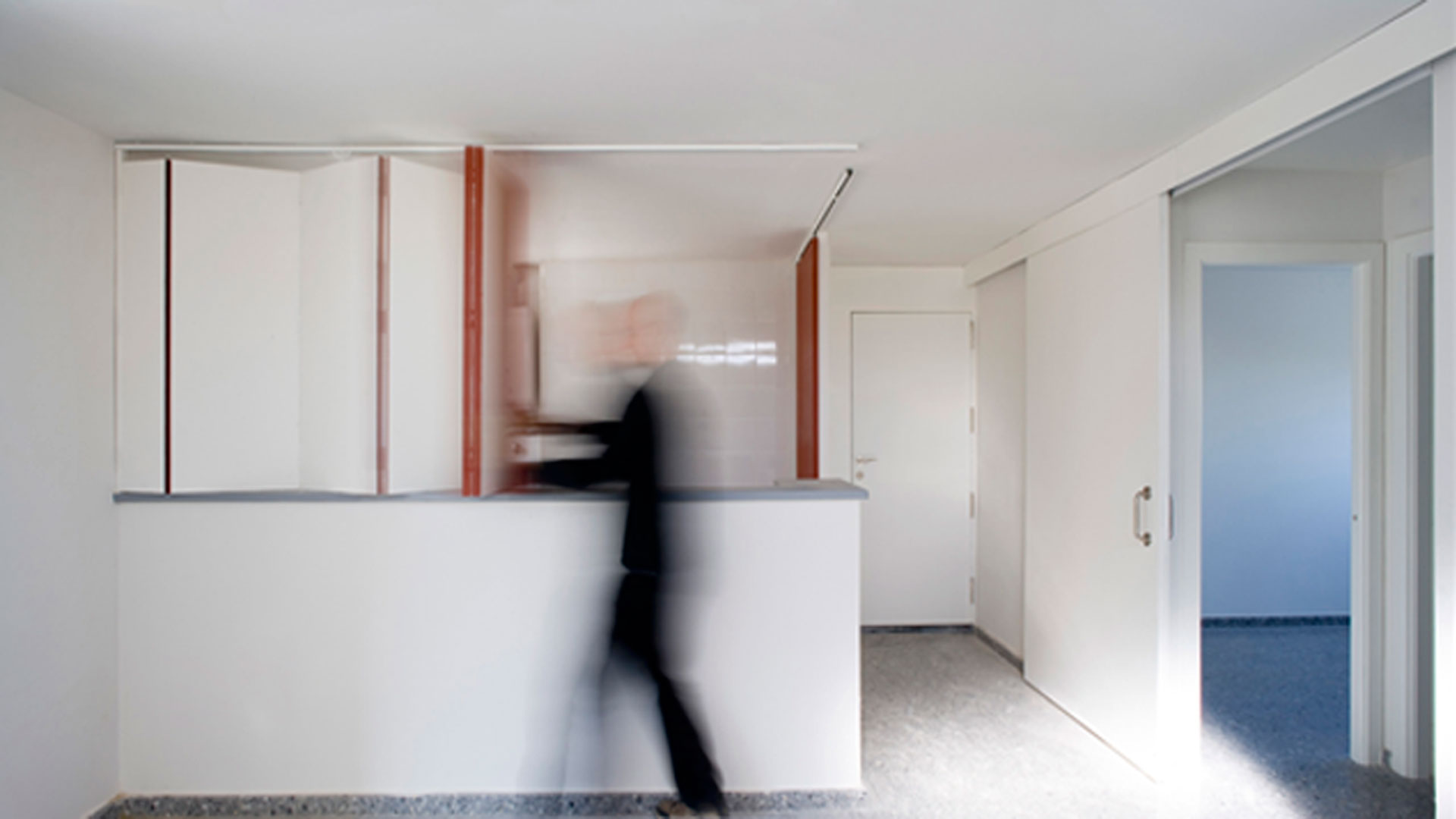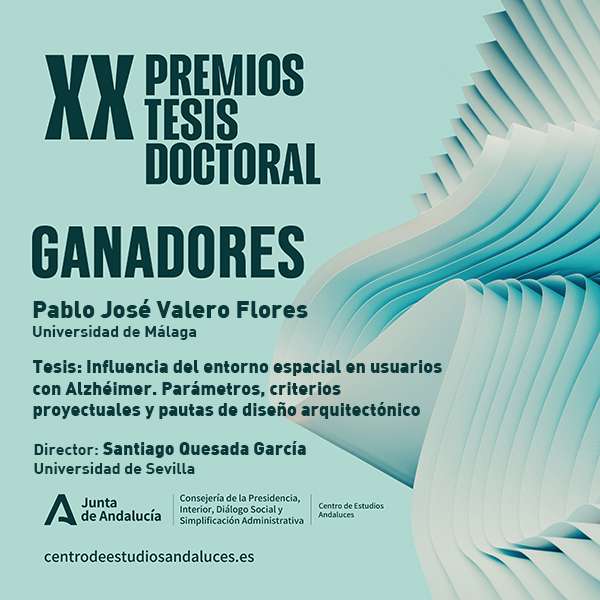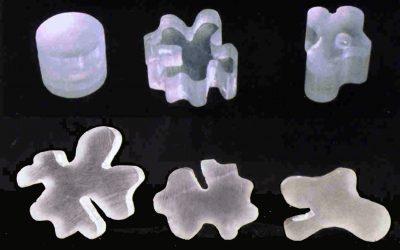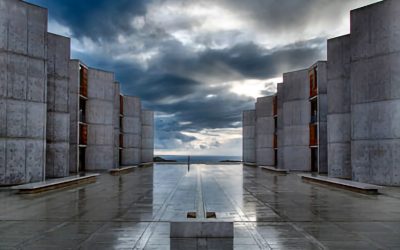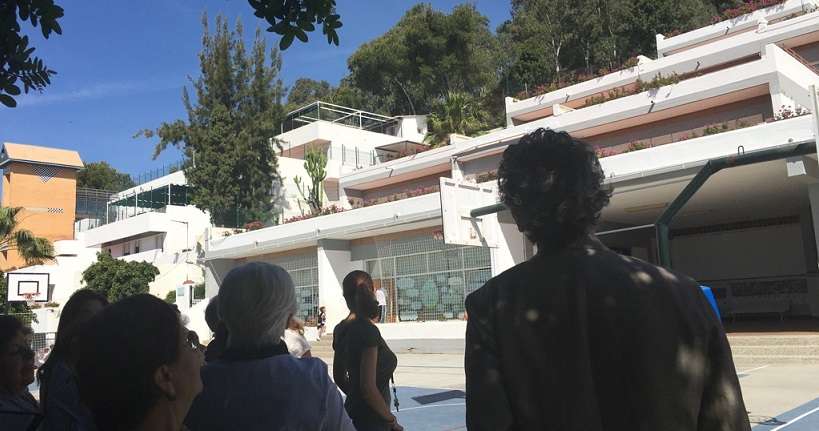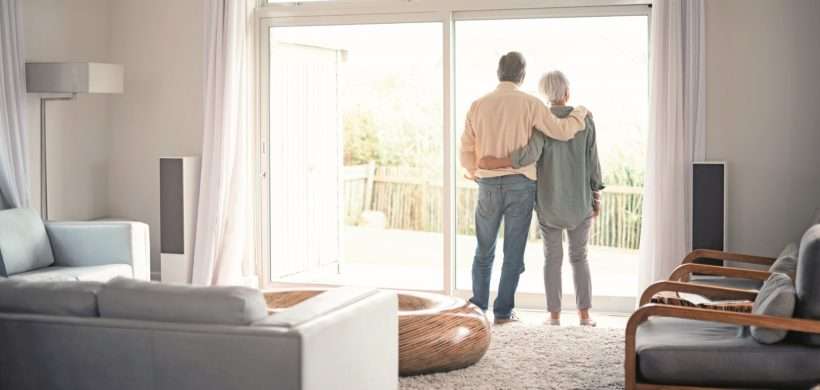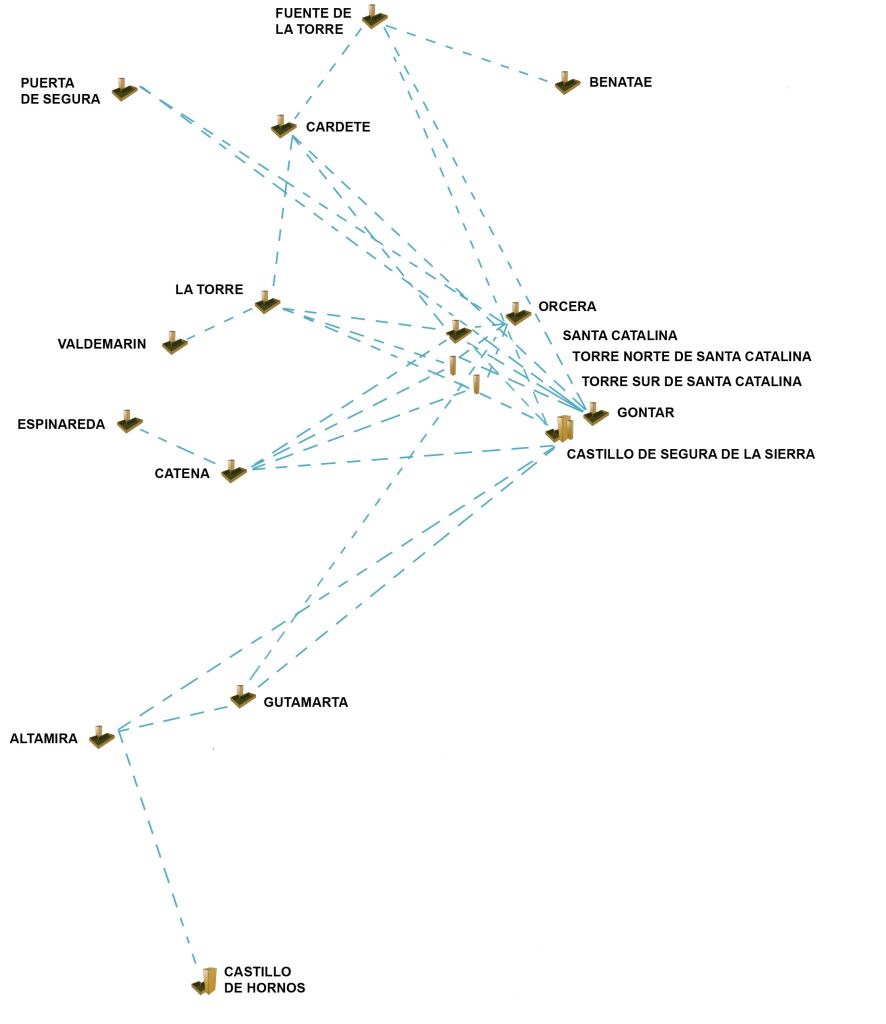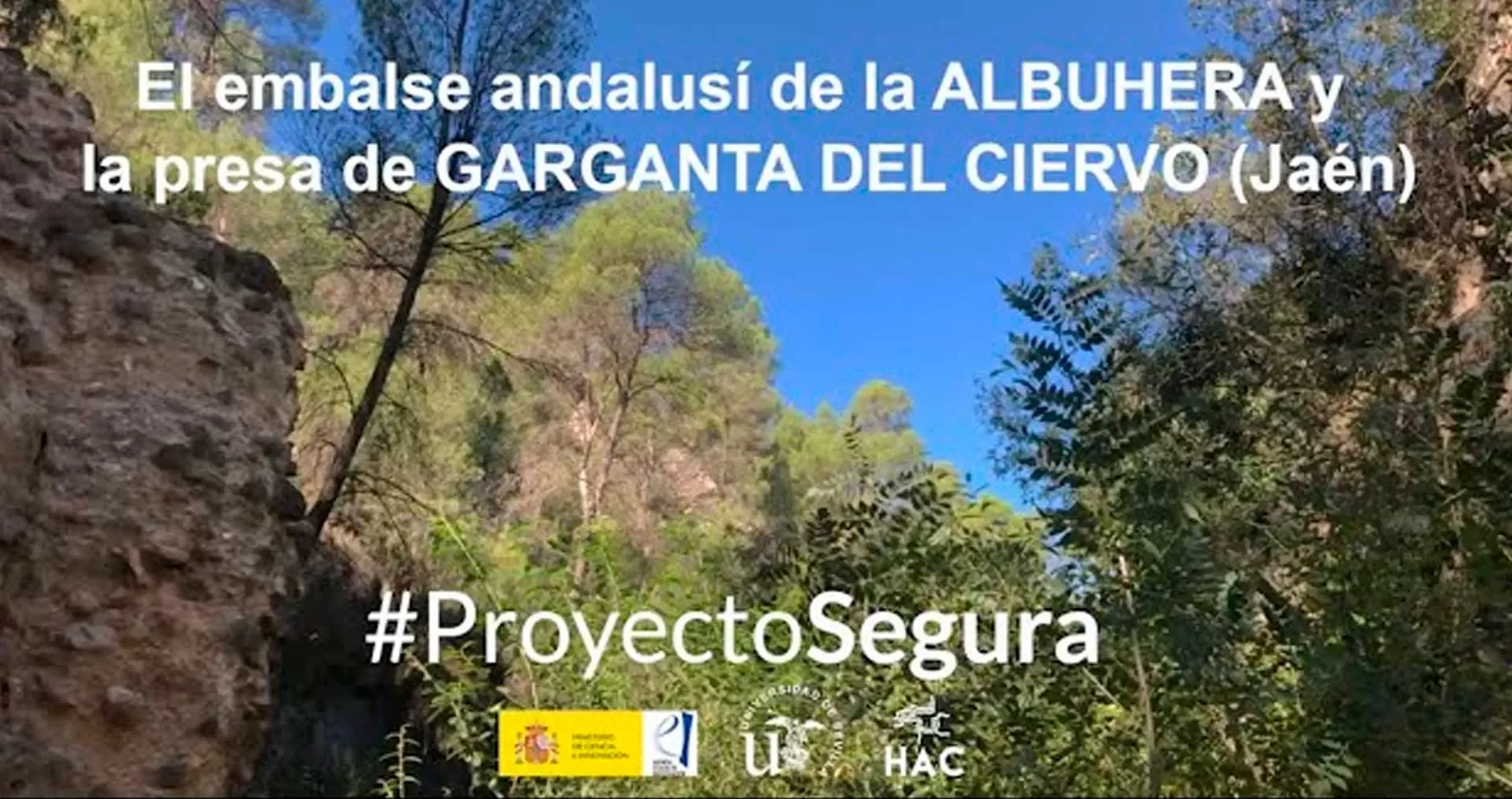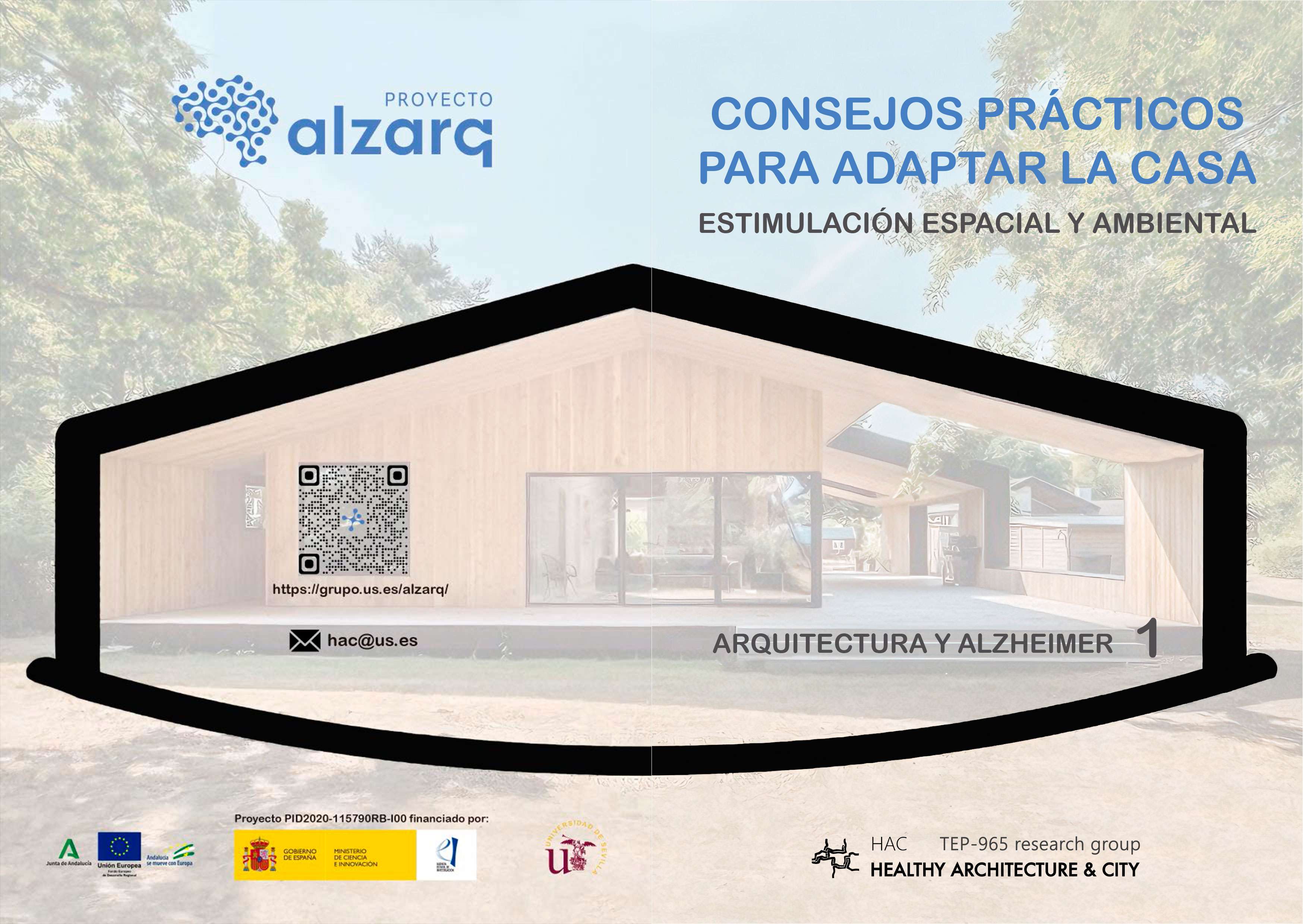How can we as architects, engineers or health professionals design and construct spaces that solve specific needs, make citizens feel better and bring more quality to their lives?
There are too many glass windows, too many cold and nihilistic interiors in current constructions. Too many materials have been used that are harmful and have a large ecological footprint. An organism’s well-being is closely linked to the way it relates and interacts with its environment, and vice versa. There are external physical stimulants that affect us and accumulate, little by little, in our bodies and minds.
Spaces should not only work, excite and be beautiful, but above all, they have to be healthy, comfortable, safe and accessible. Increasing Well-being is the objective of health architecture.
The mission of the research group Healthy Architecture & City, founded in 2016, is to determine and develop the mechanisms, techniques and compositions necessary for the design of healthy and intelligent environments, focusing on improving people’s quality of life and well-being.
Our vision wants to share our findings concerning specific environments inhabited by people in the third and fourth ages and/or with cognitive functional difficulties.
We intend, through design and technique, to integrate the technological advances of the digital revolution, developing and implementing knowledge tools that we can use to learn from houses, buildings and cities with the aim of the latter becoming intelligent and interacting with human beings and providing safety, comfort and well-being..
TOPICS
DESIGNING FOR THE ABSENCE OF MEMORY
FEATURED NEWS
ACTIVITIES AND EVENTS
LAST AWARD
HEALTHY ARCHITECTURE (IV). NEUROARCHITECTURE: THE COGNITIVE AND EMOTIONAL INFLUENCE OF SPACE
SEVILLE / 23 May 2022. In the previous post we talked about salutogenesis and stressed that, as opposed to an eminently technical approach focused only on pathogenic aspects of materials and constructions, it is also necessary to consider the assets that are...
HEALTHY ARCHITECTURE (III). SALUTOGENESIS, OR BUILDINGS AND CITIES AS ASSETS FOR HEALTH
SEVILLE / 31 March 2022. In the previous issue we saw how the last CIAMs, held at the end of the 1950s, marked a paradigm shift in the way of understanding the relationship between buildings and human beings. In opposition to the mass-man of the Modern...
HEALTHY ARCHITECTURE (II). FROM THE HYGIENIST MOVEMENTS OF THE NINETEENTH CENTURY TO THE POST-WAR CIAM
SEVILLE / 24 February 2022. FOLLOW THESE TIPS AND YOU WILL LIVE FOR MANY YEARS, says the French poster at the top of this second post on Healthy Architecture. We said in the previous post that the COVID-19 pandemic has served as a catalyst to put the...
WHAT WE RESEARCH
Lines of research
How to design for the absence of memory
Healthy architecture for ageing population
Implementation of Active and Assisted Living (AAL)
Ambiental Intelligence (AmI) Integration in architecture
Emerging technologies in construction
FEATURED LINKS
Carlos III Institute of Health
Academy of Neuroscience for Architecture
International Academy for Design and Health
Active and Healthy Living in the Digital World. European Commission
Healthy Ageing Public Procurement of Innovations. HAPPI
Featured blogs
SantiagoQuesada, architecture and research


Alzheimer’s State Reference Centre IMSERSO blog ↓
- 2024. The importance of the ambient in patients with Alzheimer’s disease
DISSEMINATION
Latest actions
Books and chapters
2025. Ageing and ambient assisted living. New landscapes of dwelling
Guides
2024. Recommendations and practical advices to adapt the house
2024. Residence care centres for people with Alzheimer’s disease
Articles
2023. Towards a Healthy Architecture: A New Paradigm in the Design and Construction of Buildings
Papers
Posters
Exhibitions
2023. The cultural landscape of the Almohad towers of the Sierra de Segura: A heritage to discover
GROW WITH US
Training
Doctoral Theses
Workshops, Seminars, Summer Courses
2025
Healthy Architecture: New challenges and strategies for planning healthier buildings and cities
2023
Doctorate workshop: QGis data processing
2019
Memory + Architecture + Design. MAD an architectural research workshop
2018
Rural / Defensive Heritage of al-Andalus. The construction of a landscape
2015
La ciudad y la arquitectura de los museos
2010
Cuatro escenarios para la habitabilidad contemporánea
2008
Hogar Digital e Inteligencia Ambiental
2008
Patrimonio Industrial, Territorio y Proyecto Arquitectónico
5th International Workshop
2006
Imitación y Experiencia en el Proyecto Arquitectónico
4th International Workshop
2001
Migraciones, Mutaciones, Paisajes
3th International Workshop
2000
Paisajes, Redes, Comunicaciones
2nd International Workshop
1999
Patrimonio, Piedras, Paisaje
1st International Workshop
ABOUT US
Healthy Architecture & City is a research group at the University of Seville created in 2016. It is an integral part of the Andalusian Research Plan PAIDI 2020 in the Production Technologies area with code TEP-965. It consists of the following researchers:
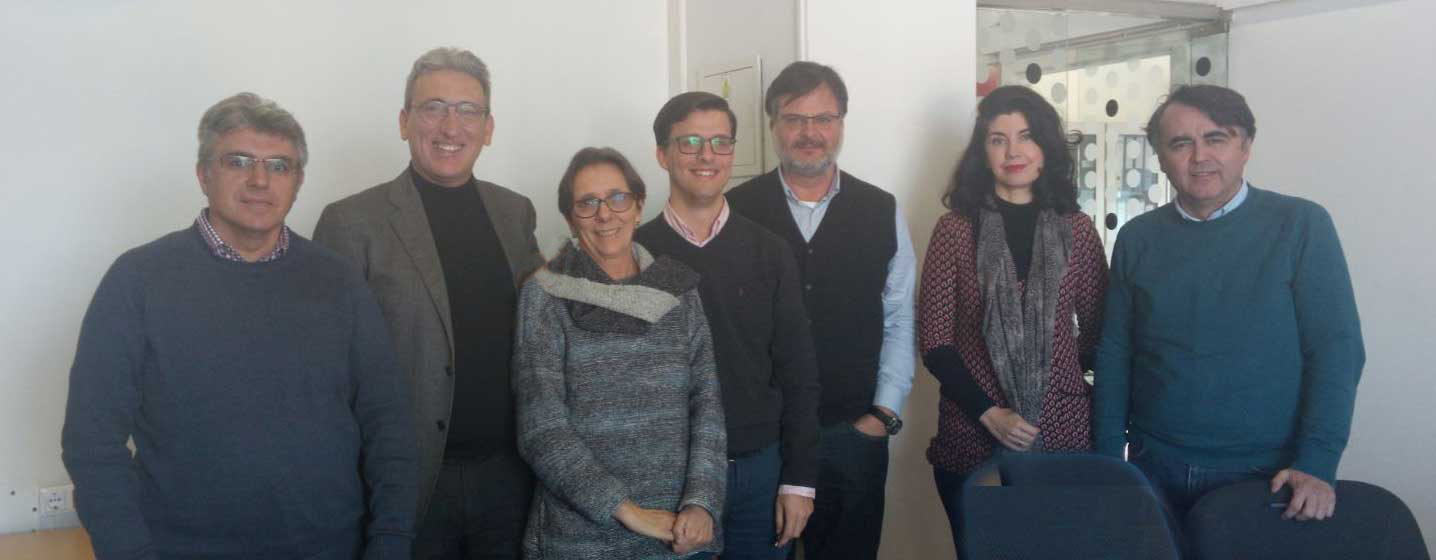
Santiago Quesada-García
Lead researcher
Guillermo Pavón-Torrejon
Researcher
Julia Molino-Barrero
Researcher
María Lozano-Gómez
Researcher
Jose Manuel Mera-Gómez
Associate Researcher
Mª Carmen Martínez-Quesada
Researcher
Pablo Valero-Flores
Researcher




